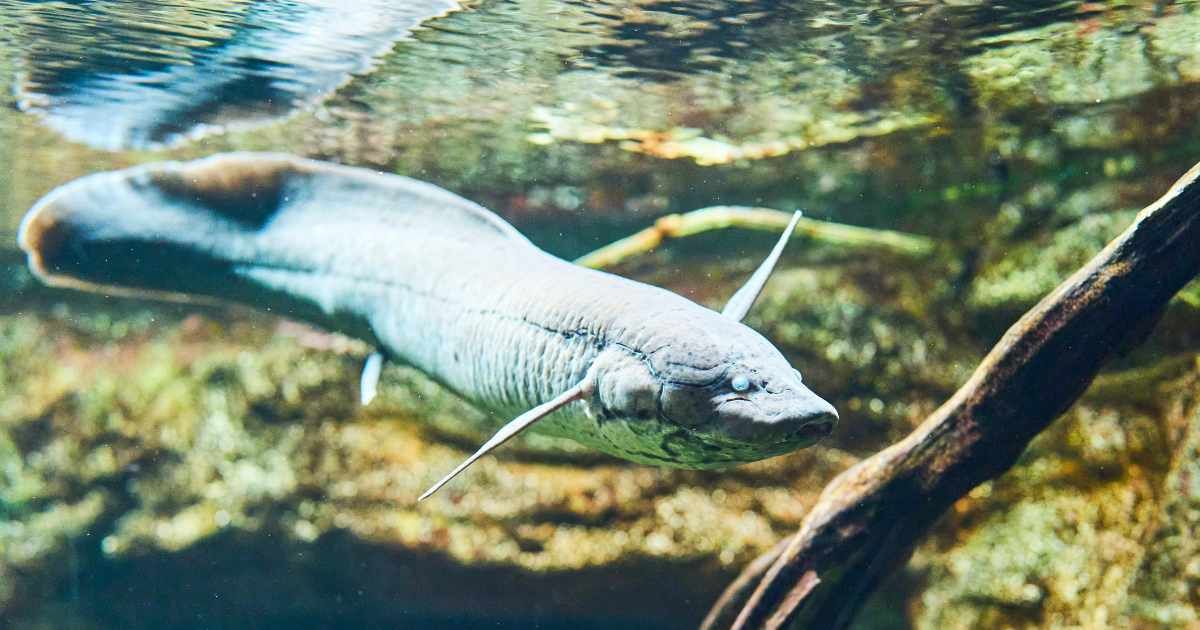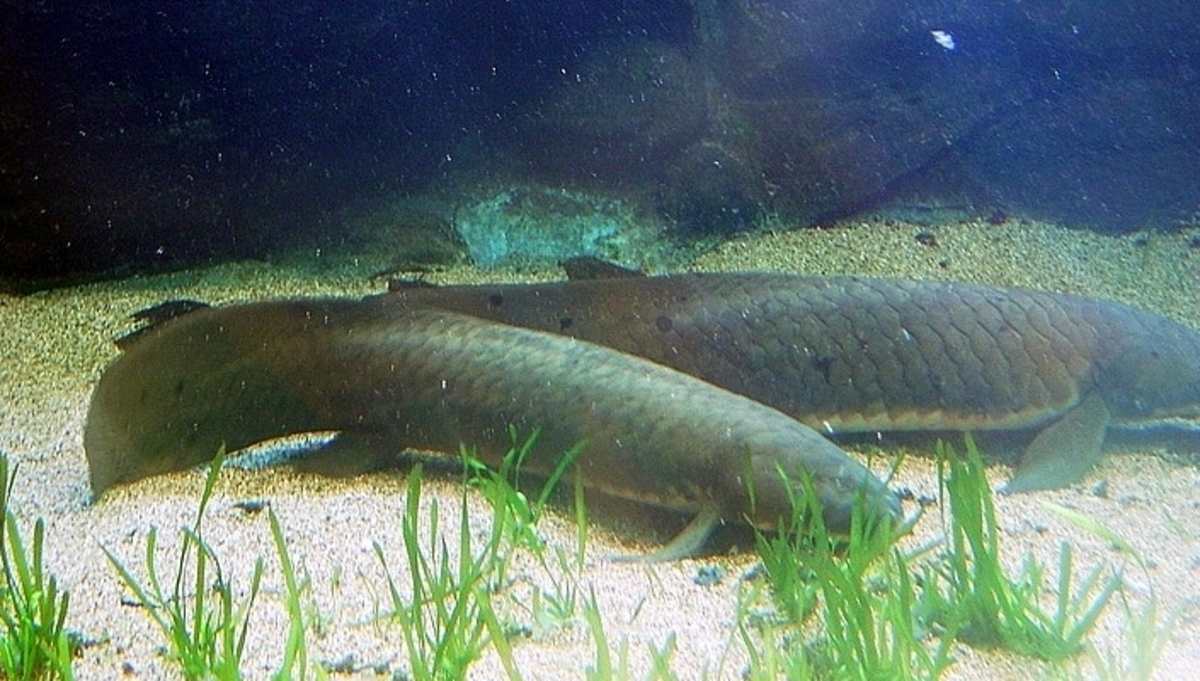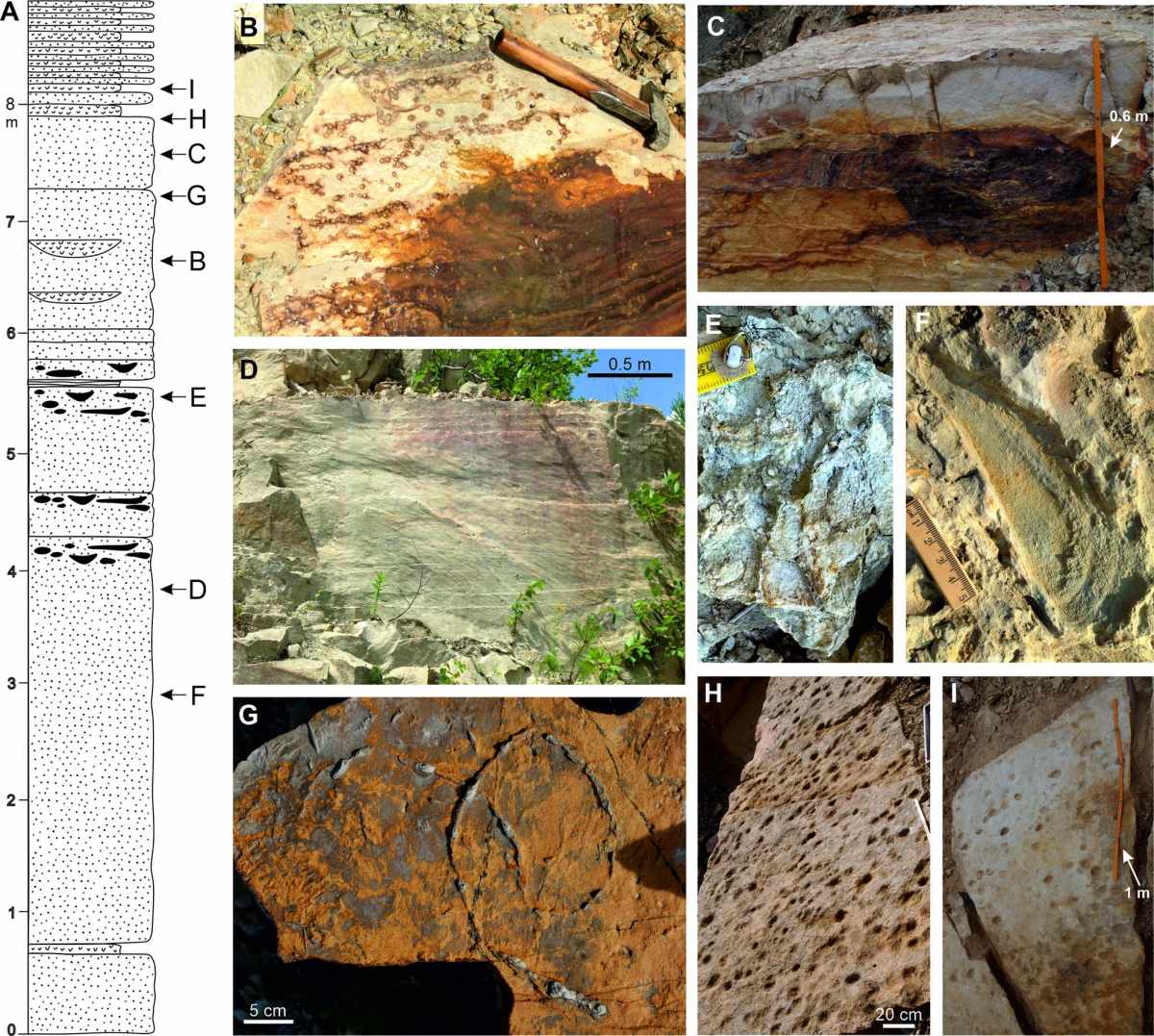Fossilized Fish Trails Found in Poland Could Be First Entrant on Land, Pushing Back Time by 10 Million Years

It is widely believed that life originated in water. But when did it step out of the water kingdom? Experts have had their assertions regarding the timing, but some new findings seem to challenge these assertions. These findings are essentially fossilized fish trails that were uncovered during excavations in 2021 on the Holy Cross Mountains in Poland, about 118 miles (190 kilometers) south of Warsaw. Insights about this evidence were published in the journal Scientific Reports. If the details are true, then that means past assertions regarding animal migration onto land are off by at least 10 million years.

How did Life Come to Land?
Researchers believe that 400 million years ago, vertebrates were confined to just water on the planet, according to Science. Some creatures entered land when they were able to gain limbs that allowed them to adapt to conditions in their new habitat. Past evidence indicated that the change occurred during the Early Devonian Epoch. Evidence collected from the Holy Cross Mountains indicates that they happened at least 10 million years before what the readings undertaken by experts in the Early Devonian Epoch suggested. Christian Klug, a paleontologist at the University of Zürich, was shocked when he heard about the findings and shared that the insights are proof of how pivotal trace fossils are in examinations.

Analysis of Trace Fossils
The trace fossils were 0.45 inches wide and extended almost 3.3 feet, according to IFL Science. Researchers uncovered 240 of these trail markings on ancient sandstone. The traces resemble the markings left behind by modern lungfish. "Traces of crawling were found over a large area in four horizons in the profile. In our opinion, this indicates the widespread nature of the phenomenon of penetration into the nearest coastal areas," Dr Piotr Szrek of the Polish Geological Institute, and lead author of the study analyzing the trace fossils shared. "A fish getting stuck on the shore and attempting to escape from such a trap would be an extremely interesting moment captured in the fossil record, but it would be a rare incident."
Experts noted certain differences in the markings, which caused them to designate them as belonging to two different species. Both the tracks were made by dipnoan fish, which are popularly known as lungfish. They appeared in the fossil record around 415 million years ago, and one of their species, Protopterus, could crawl on land in search of water when its habitat dried up. It wasn't surprising that an ancient lungfish made the markings on land, but what took researchers aback was the age of the rocks in which the markings were made.
The rocks were around 410-400 million years old, placing them in the lower Devonian, and essentially ten million years before prints of vertebrates have been recorded in Ireland and Australia. Some of these traces were discovered in 2021, while others were known for a long time, but were thought to have been made by invertebrates.
Results of 3D scans
To verify the claims, the team also used a 3D scanner, which revealed further details, such as trunks, fins, snouts, and tails of the fish. The results also confirmed that the markings were made by a Protopterus-like being. Though genetic studies reveal that Protopterus were late arrivals on land, the markings could imply that the first entrants used techniques followed by the lungfish to crawl on land. The analysis also revealed "handedness" in the fish. In some head markings, the maker was leaning in a particular direction.
They discovered 36 markings, showcasing a head tilt, of which 35 were angled to the left. "In our opinion, this was not accidental and was a definite preference, which may be the first record of handedness," Szrek said. "The find from the Holy Cross Mountains shows that the process of acquiring left- or right-handedness was at least more complex than the once-and-for-all phenomenon of dominant right-handedness." The evidence could shed some light on how handedness was incorporated in living beings.